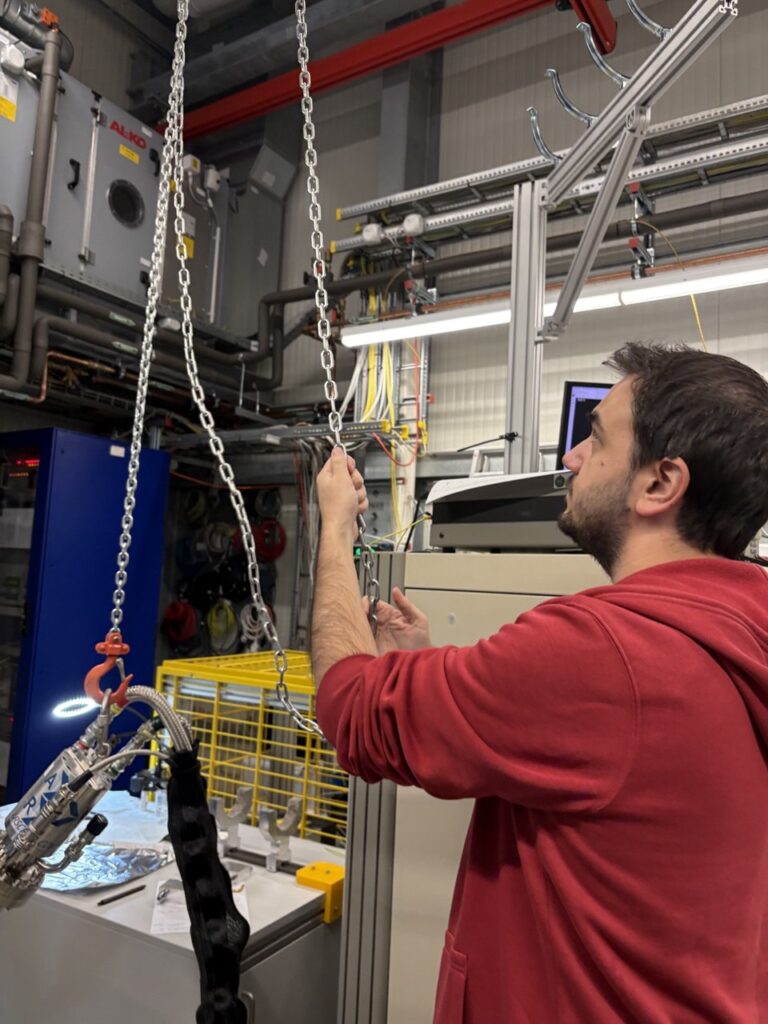In the frame of the NEPHEWS twinning program, Giorgio Enrico Gagliardo Briuccia, a Chemist and PhD student from the Institute of Low Temperature and Structure Research of the Polish Academy of Science in Wroclaw, visited DESY in Hamburg from 2-11 September 2025.

During his stay, Giorgio got involved in experimental research at the PETRA III beamline P66 for time-resolved luminescence spectroscopy.
“My chemist background mainly consists in synthesis and characterization of luminescence properties nanoparticles and at the synchrotron I had the possibility to have a deeper look at the properties of my samples. I had a bit of experience with luminescence characterization techniques, but none regarding measurements at synchrotrons. During my stay at PETRA III, I had the possibility to better understand the luminescence mechanisms in materials and which techniques should be used to have a better sample characterization.”
During his stay, Giorgio got acquainted with sample preparation, which to achieve optimal requirements for luminescence measurements must be carried out in high vacuum. The sample powders brought by Giorgio were pressed into special copper cuvettes and then mounted on the sample holder using a silver glue. This process is crucial because some of the powders, if not well pressed, can go out of the cuvettes causing nonideal contamination. After checking carefully, the sample holder is loaded into the sample chamber with a special crane. After that he was introduced of all parts of the instrument necessary to give a good measure and a reliable result, and how to operate it safely.
“During the experiment, I mainly focused on measuring emission spectra in the whole spectral range that covers UV-VIS-NIR regions, both at room temperature and at 12 K, and also the correlation between emission and excitation with the energy.”
Throughout his stay, he was supported by Dr. Oksana Chukova and of Dr. Aleksei Kotlov, also for the interpretation of some of his spectra.
“The obtained results gave me a better picture about my nanoparticles luminescence properties and helped me understand which sample is more suitable for continuing my research project.”
Giorgio is now eager to integrate the knowledge gained during the twinning project into his research and is considering future projects at PETRA III.
“I’m grateful for the opportunity Oksana gave me at P66 beamtime, and I’d like to thank her and Aleksei for their help in all of the steps of my stay. Now I better understand the potential of synchrotron techniques in material science and the amazing opportunity that initiatives like NEPHEWS Twinning Program can give.”
Author: DESY Team